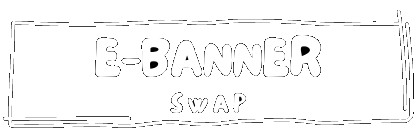A patent filed or issued in any foreign country has the same effect as a US patent, i.e. the Patent and Trademark Office (USPTO) examiner will reject a patent based on finding conflicting prior art anywhere in the world. The Patent and Trademark Office examiners always conduct an international patent search before proceeding. When filing for a patent, if conflicting prior art is found and your patent application receives a final rejection, you will lose all money invested in filing a patent application.
Your Protection: Secrecy And Non-use Agreement
This agreement should be signed by anyone you disclose your invention to prior to filing a patent application. Failure to disclose an invention in confidence can be considered placing it into the public domain, which may present future problems in prosecuting the patent as you can see from https://fingerlakes1.com/2021/07/08/team-up-with-inventhelp-to-take-your-career-to-the-next-level/.

What Are The Possible Results Of A Patent Search?
- The patent search shows there is no conflicting prior art, then your patent attorney can proceed to write the US Patent application.
- The patent search shows there is a “direct hit” or conflicting prior art. (Possible solution).
- The patent search is not clear as to whether the prior art has a “direct hit” or is in the public domain. (Solution).
- The patent search finds a patent that has expired and the invention is in the public domain. (Possible Solution).
Who Will Do Your International Patent Searches?
Your international patent search will be conducted by a patent search specialists, such as InventHelp, consisting of engineers, scientists, former patent examiners and/or patent attorneys with degrees and expertise in all common disciplines. These experts have all undergone extensive international patent search training.




